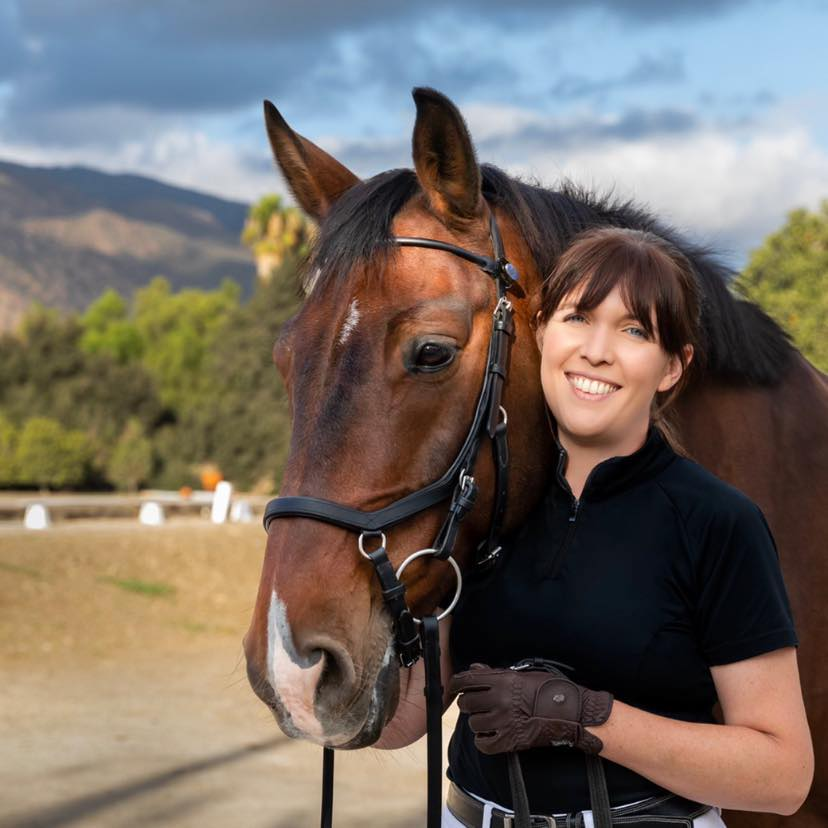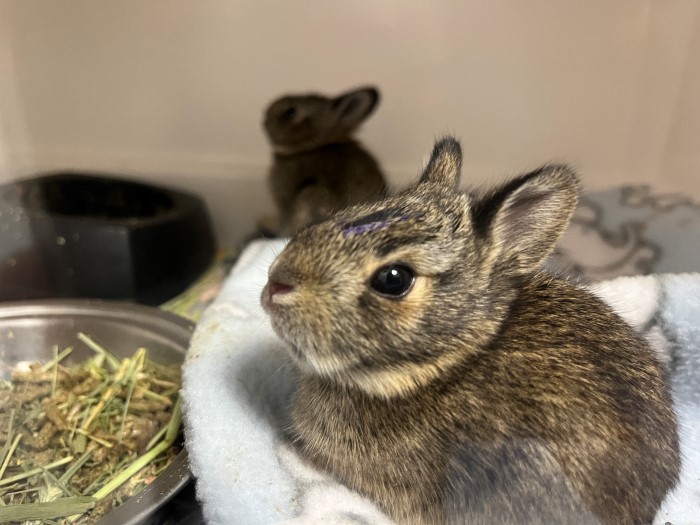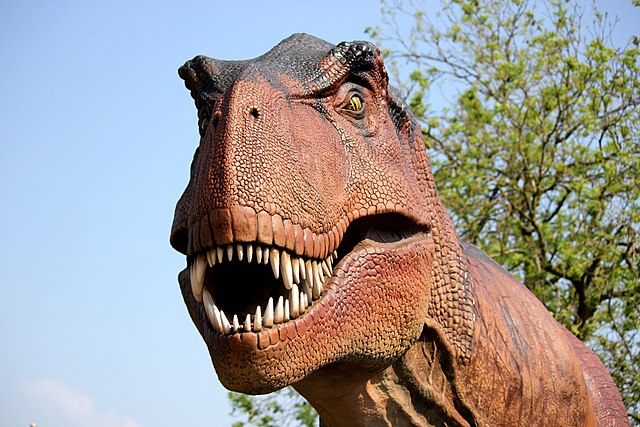Every predecessor Wildlife Medical Director has shaped the clinic into something greater than before, ultimately leaving a new blueprint behind. Students’ hearts ache as they say their farewells to the incredible Dr. Samantha Sander, DVM, CWR, DACZM as she transitions out of the director position. She has mentored countless veterinary students and has left such an impeccable legacy behind. When you ask veterinary students who they inspire to be like, many will shout out Dr. Sam Sander’s name. It is clear as to why. She is a role model, a fabulous leader, and an inspiration to many. We look forward to supporting Dr. Sam Sander’s prosperity in the Zoo Med service and seeing how she continues to improve our college. While we are sad to lose Dr. Sander’s leadership, we are confident she has left the clinic in very capable hands.
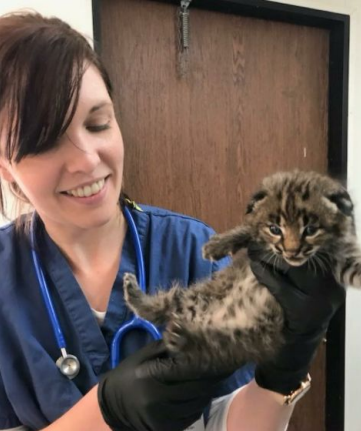
We are, however, very excited to introduce Dr. Stephany Lewis, DVM, CWR, DABVP (Avian) who will be our successor Wildlife Medical Director. As soon as Dr. Lewis walked into the clinic doors, she captivated us all with her kind-hearted, generosity, and contagious energy. It is super exciting to be surrounded by such a monumental figure in the field of wildlife medicine. Dr. Lewis has gone out of her way to improve the welfare and well-being of our patients as she is equipped with so much knowledge and always brainstorming ways to improve the students’ experiences in the clinic. If you ask students their favorite quality about Dr. Lewis, they will say it’s her talent to teach and mentor students. We look forward to seeing the supportive environment that she will cultivate at the University of Illinois College of Veterinary Medicine.
I recently had the chance to sit down with Dr. Lewis to discuss her career, personal life, and why she chose the University of Illinois.
HH: Tell us about your background and interests.
SL: “I started riding horses at age 9 and wanted to be an equine veterinarian starting in middle school. During undergrad, I applied for a wildlife rehabilitation internship just for something different to add to my vet school applications, even though I was 100% convinced that I wanted to be a large animal veterinarian. I ended up staying on at that wildlife center as part-time staff, then came back the following year as seasonal staff. I later completed other internships at wildlife rehabilitation centers in Scotland and British Columbia, and realized that if I could, I wanted to dedicate my career to wildlife rehabilitation. I went into veterinary school still with an open mind, thinking perhaps I would be swayed back into the more “mainstream” large animal medicine, but had strong mentorship and opportunities in wildlife medicine at Tufts, and kept pursuing as many wildlife experiences as I could.
After vet school, I completed a small animal rotating internship at Michigan State University, followed by a wildlife and conservation medicine internship at Tufts University. I worked in zoological companion animal medicine for a few months before moving to California, where I was the staff veterinarian for California Wildlife Center and Ojai Raptor Center.”
HH: What brought you to Illinois?
SL: “The only thing I love more than working with wildlife is teaching veterinary students about wildlife medicine. There are not many veterinary schools with a wildlife caseload large enough to support a dedicated wildlife faculty, and none of them provide as amazing of a student experience as our Wildlife Medical Clinic. The WMC is a truly special place, where student education is prioritized. With our amazing faculty and resources at UIUC, we are also able to contribute a great deal to the community in terms of research and education.”
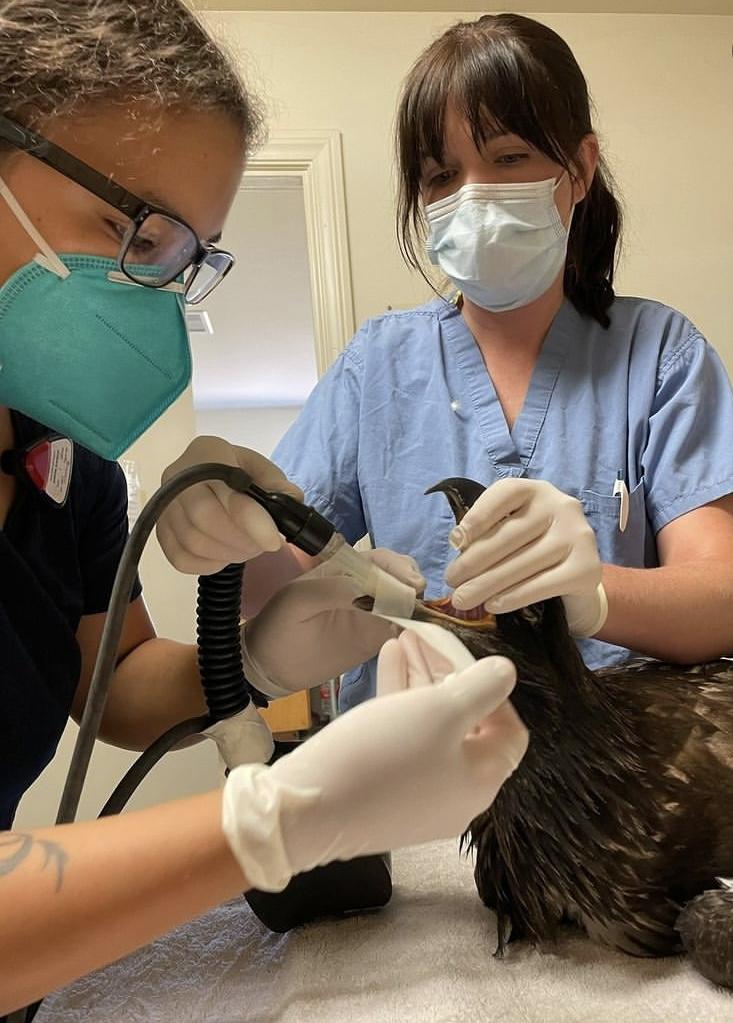
HH: Tell us about a favorite case of yours.
SL: “I have a soft spot for gallinaceous birds (chickens, turkeys, quail, etc.), and once successfully treated and released a 20-pound turkey tom with a tarsometatarsal (leg) fracture. He required some unconventional treatment and outside the box thinking, due to his strength and weight. He was housed within a short distance of our elephant seal pups, and so that corner of our facility became quite noisy, between his gobbling and the seal pup vocalizations!
My other special case was a fledgling bald eagle whose entire life had been featured on a very popular nest cam. She arrived at my rehabilitation center with a name and massive public following. From the day she arrived, my wildlife center would receive dozens of calls and messages about her every day. She presented paretic, and I was able to very thoroughly work up her case, even with a CT scan, and diagnosed her with zinc toxicosis. She was successfully rehabilitated and released.”
HH: What most excites you about your profession?
SL: “I am so excited to see how wildlife rehabilitation medicine continues to grow and evolve. Just a few decades ago, wildlife rehabilitation consisted entirely of individuals trying to treat wild animals and raise orphaned wildlife out of their homes. These rehabilitators would be lucky to find a general practice veterinarian who would even be willing to see one of their animals. Since then, wildlife rehabilitation has grown exponentially. Every year, new wildlife centers are adding veterinarians to their staff. Many centers that started out with one individual have now grown into huge non-profit organizations that each help thousands of animals every year.
Wildlife rehabilitation centers are also providing a wealth of knowledge about what is going on in our environment. We are often the first to know about new disease outbreaks and new toxins affecting our ecosystems. We are important resources for public health and public education. Our work can help inform public policy and direct conservation efforts. There is so much to learn in this profession, and so many ways we can use our unique knowledge and perspectives to better our world.”
HH: What would you like the public to know about your field?
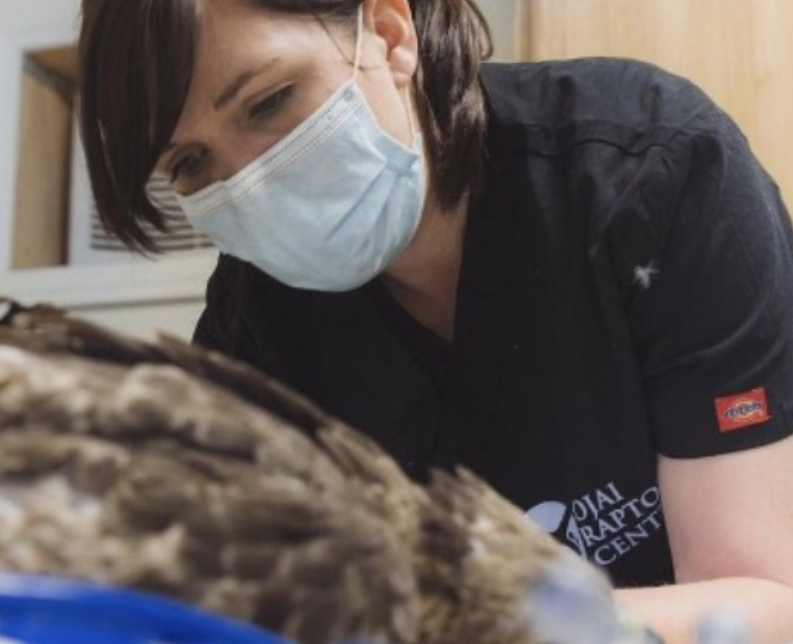
SL: “Many people do not realize that the vast majority of animals presenting to wildlife rehabilitation centers like the Wildlife Medical Clinic have been negatively impacted by human activities. Many presenting animals have experienced vehicle strikes, window strikes, or domestic cat attacks. They may have ingested lead, pesticides, or trash. Marine wildlife often ingests or becomes entangled in fishing lines, hooks, and lures, or contaminated by toxicants such as crude oil. Young animals are often inadvertently “kidnapped” by well-meaning citizens. Even if wildlife rehabilitation doesn’t make a significant impact on an entire population, I think it is important to improve the welfare of those individual animals when we can, because more often than not, they need our help because human activity has made it more challenging for them to thrive in their native environments.”
HH: What hobbies and activities do you like to do outside of work?
SL: “In my free time, I am usually riding my horse or spending time with my partner and our four dogs and three silkie chickens.”
– Interviewed and written by Hassan, Class of 2025.

